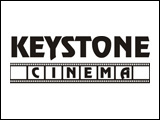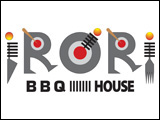A U.S. based agricultural economist expects feed costs and meat demand to be key factors affecting the profitability of North American pork producers during the remainder of 2012.
The USDA’s March Quarterly Hogs & Pigs Report shows the number of hogs and pigs on U.S. farms rose by two percent from one year earlier.
Dr. Ron Plain, an Agricultural Economics Professor with the University of Missouri, says U.S. producers made about five dollars per hog last year and it looks like they’ll do about the same this year.
Feed costs, as I’m sure you know, is about two thirds of the cost of raising hogs and we’ve had record high corn prices here in the states lately and it looks like they’re going to stay pretty expensive.
That’s one huge factor.
USDA’s Prospective Planting Report is looking for 95 million acres of corn to be planted this year in the states.
That’ll be the most since back in the 1930s so, if that comes through, then we might see a bit of a decline in feed costs and that of course would be positive for hog industry growth.
The other thing of course is meat demand and just how readily we can move the supply of pork we’re going to have this year.
It looks like maybe two percent or so more pork will be produced in the United States this year than last year.
We set a record on pork exports in 2011 and hopefully we can continue to improve here in 2012.
The big uncertainty is domestic demand.
Historically high energy prices have not been good for meat demand and we’re looking at what may be record gasoline prices in the United States this year.
If the meat demand softens we could be in a situation where the expected profits could turn into red ink.
Dr. Plain notes the Canadian dollar has been at par or even stronger than the U.S. dollar lately so which way the exchange rate goes will be a big factor for Canadian hog farms.



